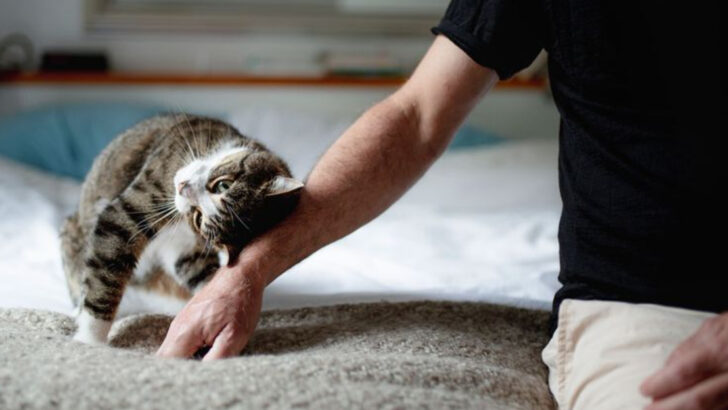Cats are mysterious creatures, and their behaviors can be both endearing and perplexing.
One of the most common yet misunderstood actions is when a cat rubs against you.
This behavior is not merely a sign of affection; it has multiple meanings that vary depending on the context and the individual cat.
In this blog post, we’ll explore 12 reasons why cats engage in this behavior and what it truly signifies.
From marking territory to seeking comfort, each reason offers a unique insight into the complex world of feline communication.
Marking Territory
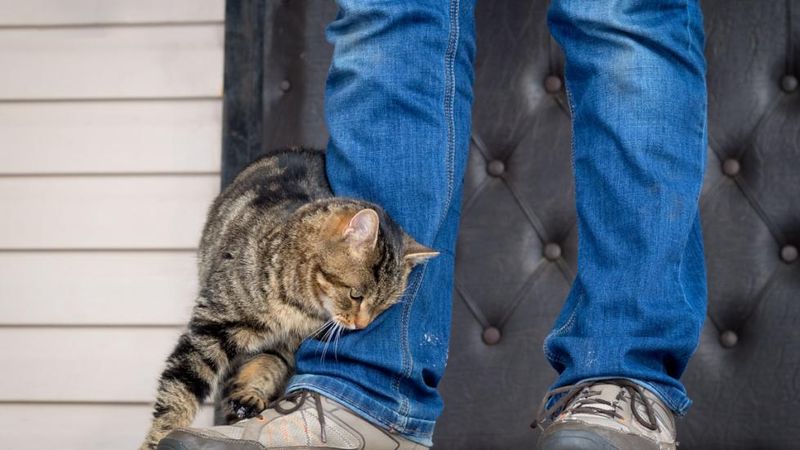
Have you ever wondered why your cat rubs against the furniture? Cats have scent glands on their faces, and they use these to mark their territory. When your feline friend rubs against you, they are leaving their scent, essentially claiming you as part of their domain.
This behavior can be traced back to their wild ancestors, who used scent marking to establish boundaries. It’s an instinctual way for cats to communicate with other animals and humans alike. By leaving their scent, cats create a comforting environment where they feel safe and secure.
Understanding this behavior helps strengthen the bond between you and your cat.
Seeking Attention

Imagine sitting quietly when your cat suddenly nudges you with its head. Cats often rub against their owners to seek attention. This behavior is a way of saying, “Look at me!” Whether they want petting, playtime, or even food, the nudge is a clear call for interaction.
In many cases, cats will accompany this behavior with other signals, such as purring or meowing, to make their intentions even clearer. While some might find this pushy, it’s simply a cat’s way of communicating its needs.
Engaging with your cat during these moments can create a joyful experience for both of you.
Bonding With Humans
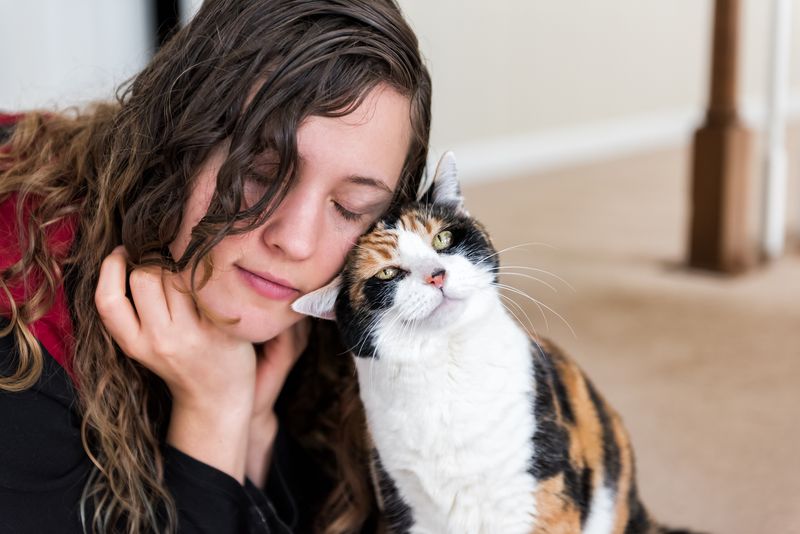
With a gentle head-butt, your cat might be trying to tell you, “I trust you.” This behavior is known as bunting, and it’s a sign of affection and bonding. When cats rub their heads against you, they’re sharing their scent, making you part of their inner circle.
This action fosters a connection that’s deeply rooted in trust and love. It’s one of the highest forms of affection a cat can show, as they’re willing to share their personal scent with you.
By recognizing this behavior, cat owners can appreciate the profound relationship they share with their furry companions, enhancing the bond.
Relieving Itch or Irritation
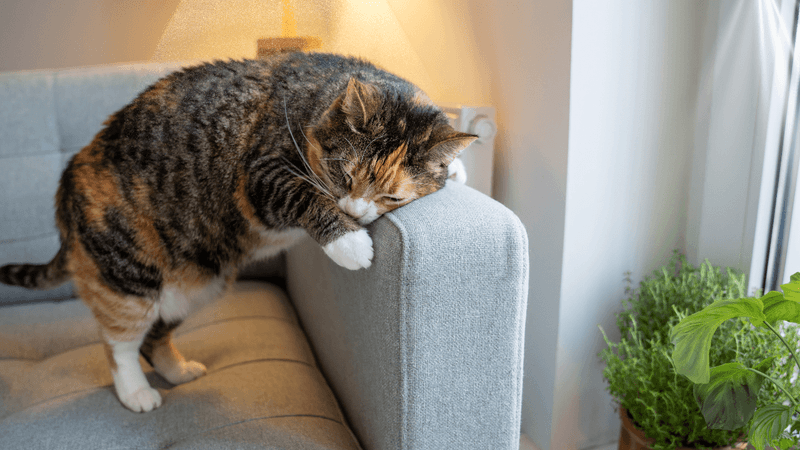
Ever notice your cat rubbing against uneven surfaces? Sometimes, cats rub their bodies against objects simply to relieve an itch or irritation. This behavior can be quite frequent, especially if the cat has allergies or skin conditions.
The act of rubbing helps them scratch those hard-to-reach places, providing immediate relief. Items like textured walls or rough fabrics can be particularly attractive for this purpose.
By observing this behavior, owners can identify potential health issues, ensuring their cats receive the necessary care and treatment.
Comfort and Security
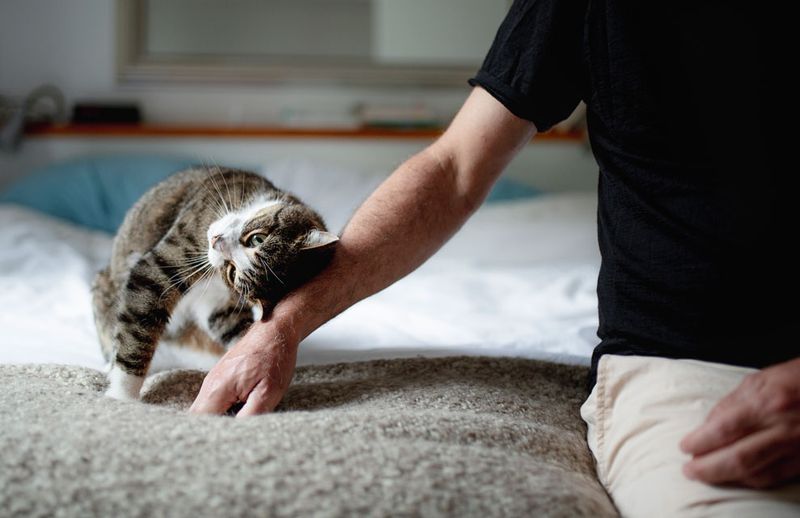
A cat that rubs against soft blankets or familiar objects is seeking comfort and security. This behavior is often seen in anxious or stressed cats who find solace in familiar scents. Rubbing helps them create a safe space where they feel protected and at ease.
This action can also be a self-soothing mechanism, helping cats manage stress or fear. Owners can assist by providing cozy environments filled with familiar scents, aiding their cats in feeling more secure.
Understanding this need for comfort can lead to a more harmonious living situation for both cat and owner.
Showing Affection

When a cat rubs against you with a purr, it’s a heartfelt sign of affection. This warm gesture is a cat’s way of showing love and appreciation for its human companions. It’s a mutual expression of trust and loyalty, often accompanied by soft purring and gentle nudges.
Cats choose to share their personal space with humans they feel comfortable with, making this a special interaction. For many cat owners, this behavior is a cherished part of their relationship with their feline friends.
Recognizing this affection helps deepen the emotional connection between cat and owner, fostering a loving bond.
Temperature Regulation

Cats are known for their love of warmth, and rubbing against warm objects is a way to regulate their body temperature. Whether it’s a sun-drenched spot or a warm radiator, cats often seek heat to maintain comfort.
This behavior is particularly common during colder months when cats look for additional warmth. Rubbing helps them absorb heat from their surroundings, enhancing their comfort.
By understanding this behavior, owners can ensure their cats have access to warm, cozy areas, especially during chilly seasons, contributing to their overall well-being.
Exploring New Environments
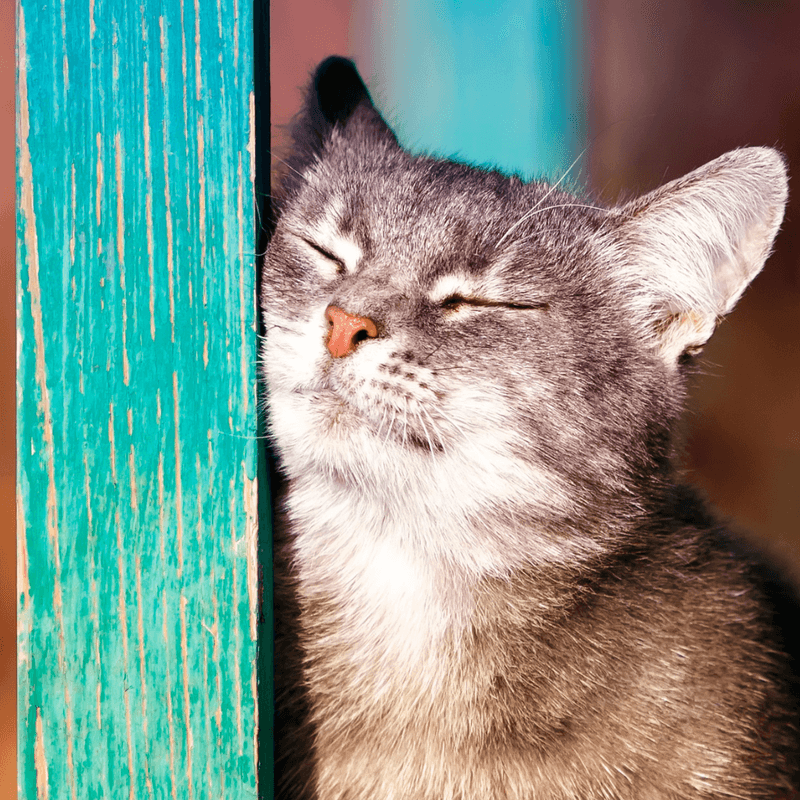
In a new environment, a cat might start rubbing against unfamiliar objects. This behavior is an exploratory tactic, allowing cats to familiarize themselves with their surroundings. By depositing their scent, they claim the space, making it more recognizable and less intimidating.
This is particularly helpful in reducing anxiety in unfamiliar settings, helping cats adjust more quickly. Rubbing against new furniture or objects is a way for cats to assert their presence and explore safely.
Owners can facilitate this natural curiosity by allowing cats to explore at their own pace, ensuring a smooth transition into new spaces.
Social Interaction with Other Cats
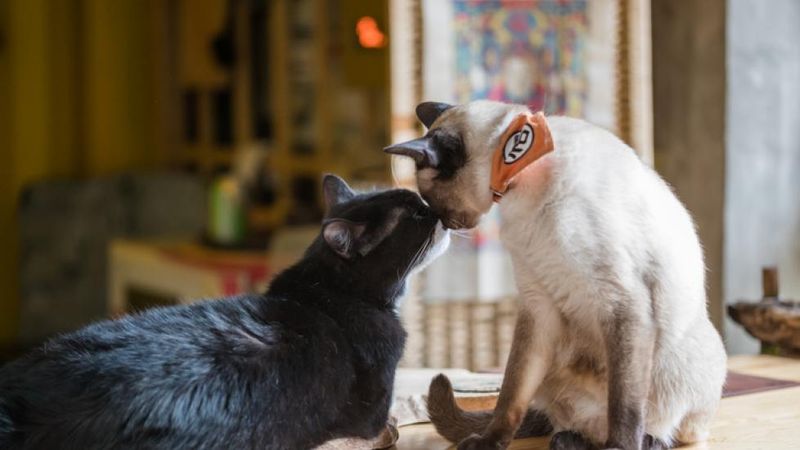
When cats rub against each other, it’s a social ritual that strengthens bonds within a group. This behavior is known as allorubbing and is a way for cats to share scents and establish a communal identity.
It’s a gesture of friendship and acceptance, often seen in multi-cat households or among feline friends. By engaging in this mutual rubbing, cats create a sense of unity and cooperation.
Understanding this social interaction can help cat owners foster a harmonious environment, recognizing the importance of these bonds in a cat’s social structure.
Expressing Excitement
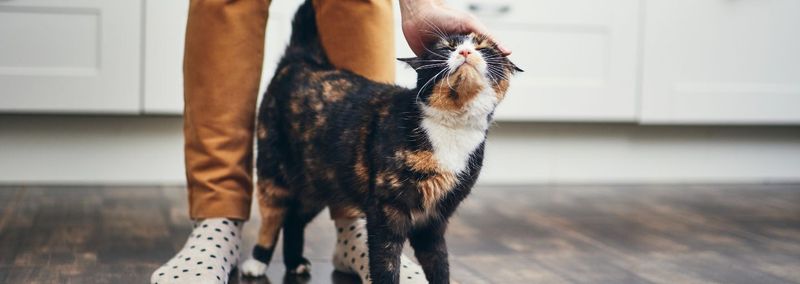
A cat may rub against you excitedly when it anticipates something enjoyable, like playtime or feeding. This behavior is an expression of excitement and eagerness. The rubbing is often accompanied by joyful movements and vocalizations that signal happiness.
This enthusiastic interaction is a clear indication of a cat’s positive emotional state. Whether it’s the jingling of a favorite toy or the sound of food being prepared, the cat’s anticipation comes through in its body language.
Owners can enhance these joyful moments by engaging with their cats, creating a playful and fulfilling experience.
Pregnancy or Mating Behavior
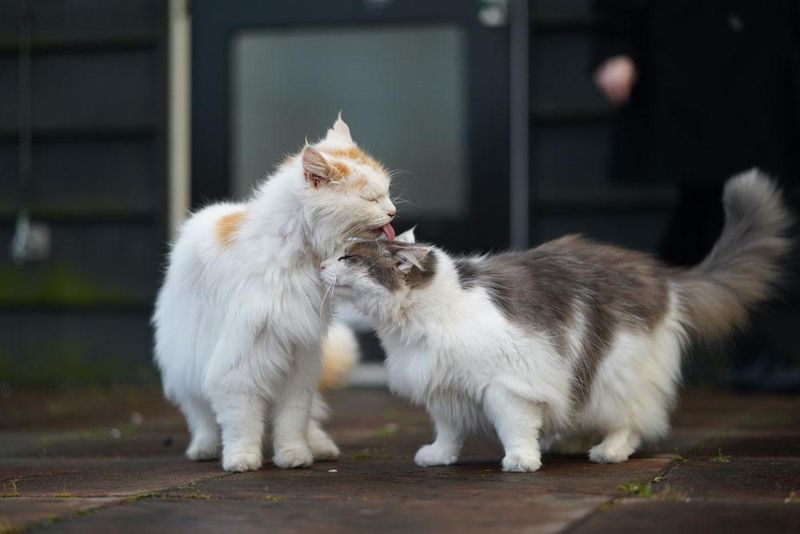
In some cases, rubbing may be related to pregnancy or mating behavior. Female cats might rub against males to signal readiness for mating. This behavior is part of their reproductive communication, providing cues to potential mates.
Pregnant cats may also increase rubbing behavior as they seek comfort and companionship. This action is a way to engage with other cats or humans, fostering a supportive environment.
Recognizing these signs can help cat owners understand their cat’s reproductive needs, ensuring proper care and support during these important phases.
Health Issues
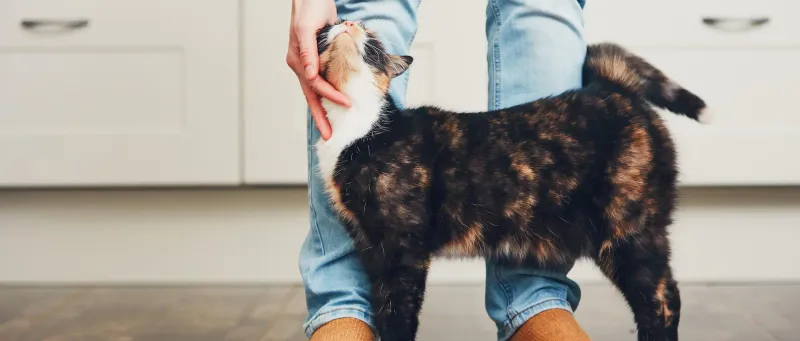
Sometimes, a cat’s excessive rubbing may signal underlying health issues. Conditions like ear infections or dental problems might lead to increased rubbing as the cat seeks relief.
This behavior can be a subtle sign that something is amiss, prompting the need for veterinary attention. Observing changes in rubbing patterns can help owners catch potential health problems early, ensuring timely intervention.
By paying close attention to their cat’s behavior, owners can provide the necessary care and support, maintaining their cat’s health and well-being.

